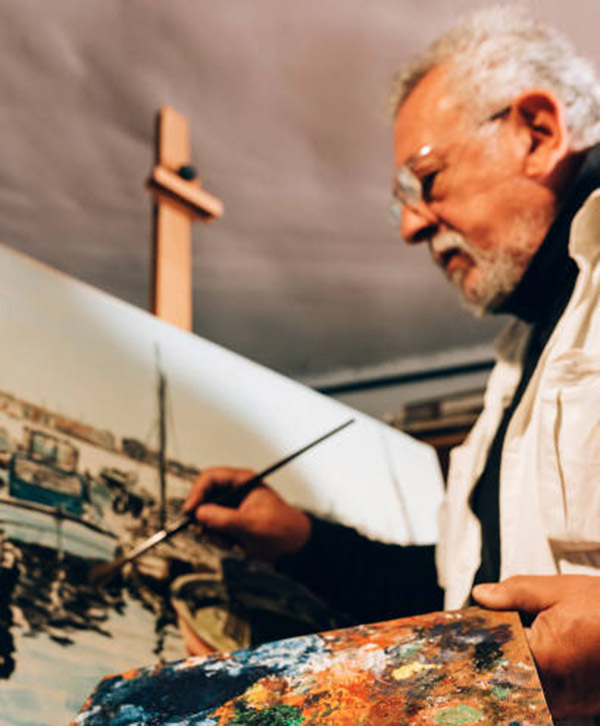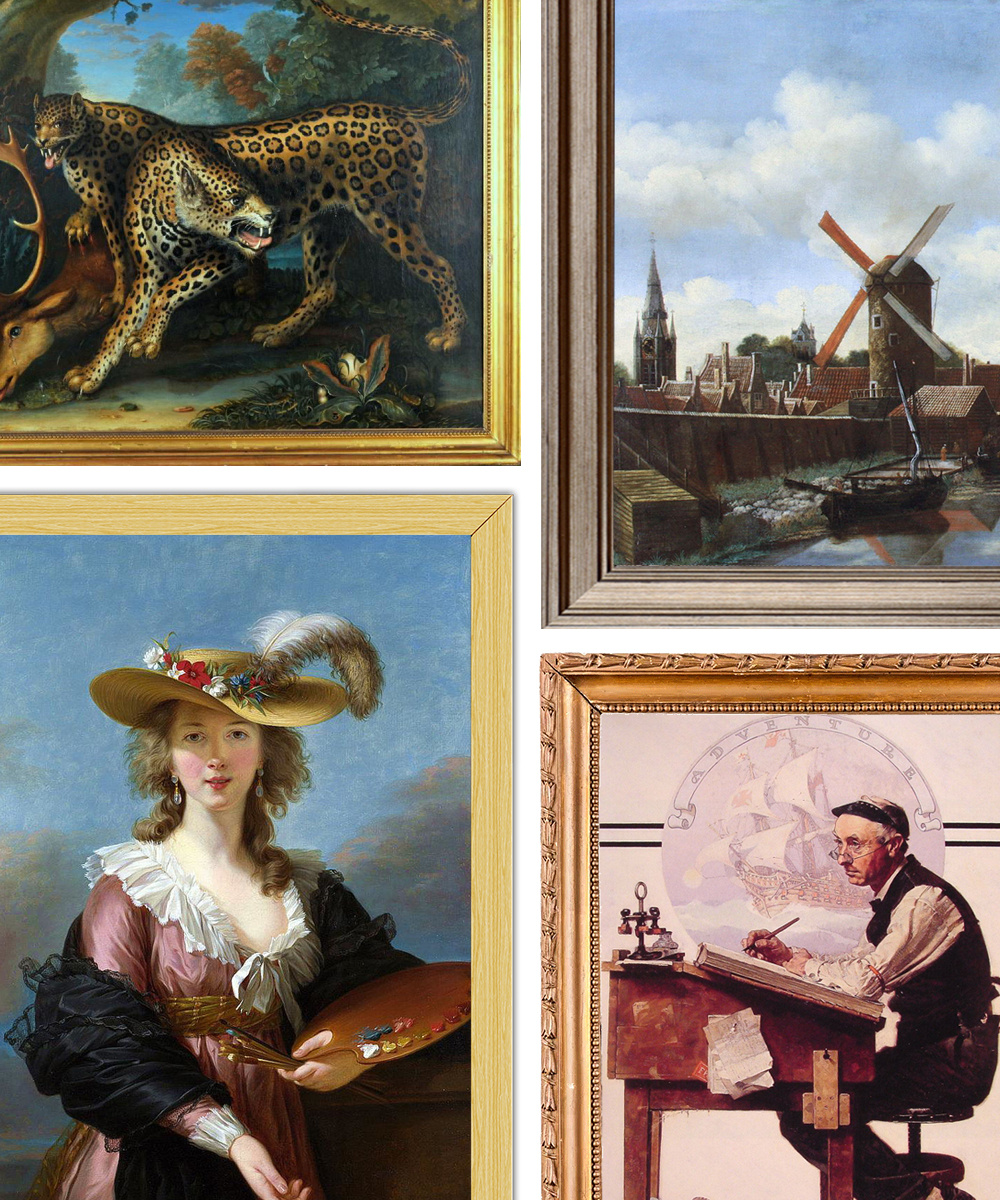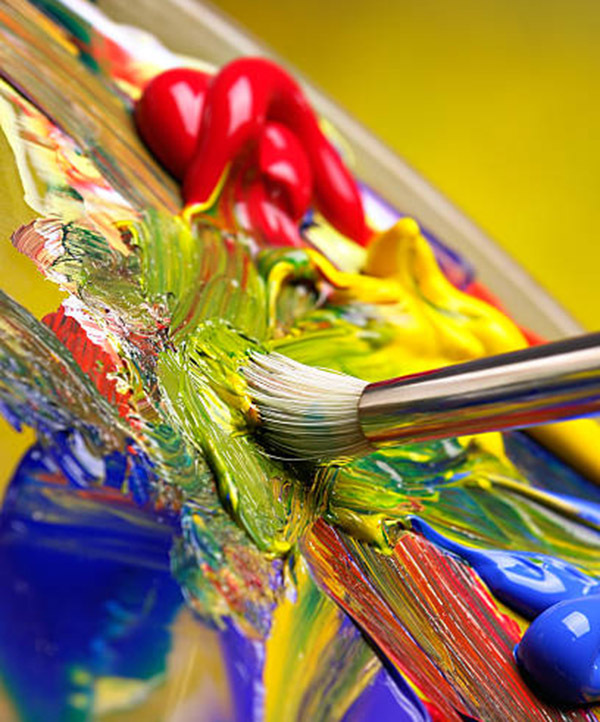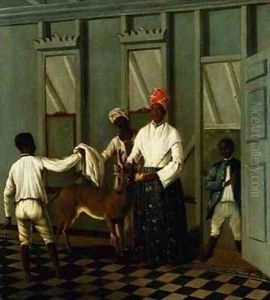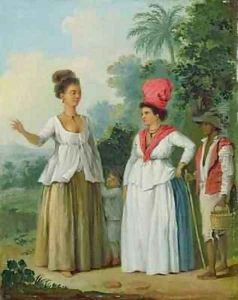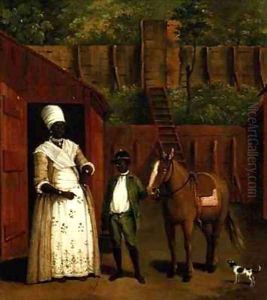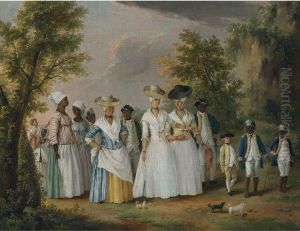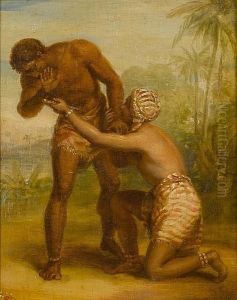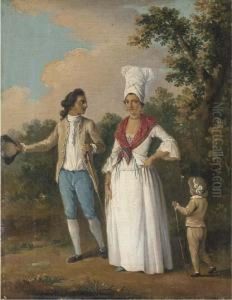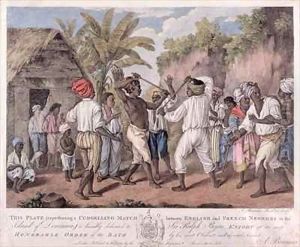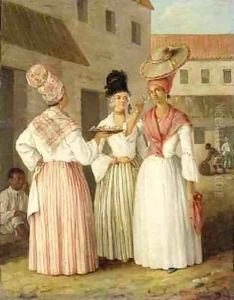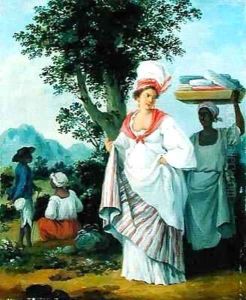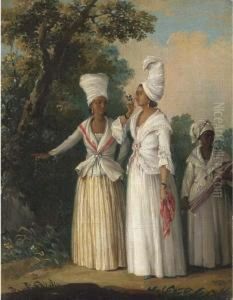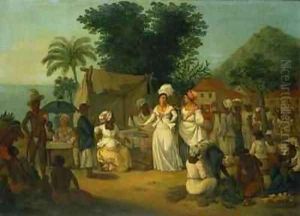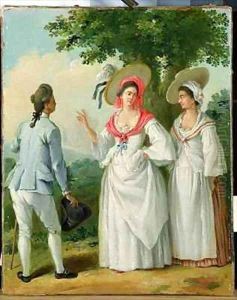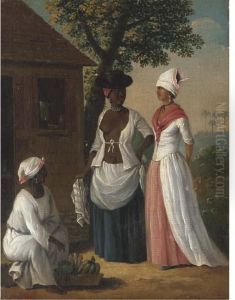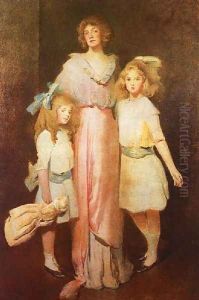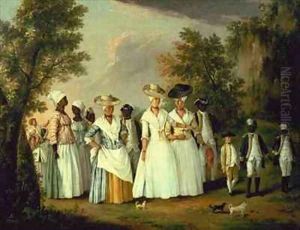





Three Ladies with two Children and eight Negro Servants
-
About Reproduction
Discover the allure of art with our faithful reproduction of "Three Ladies with two Children and eight Negro Servants", originally brought to life by the talented Agostino Brunias. Unlike posters or prints, our hand-painted oil painting breathes an unique sense of depth and texture into your space. Every detail, every stroke, and every texture is meticulously recreated, paying the perfect homage to Agostino Brunias and his artistic vision.
Owning this piece is more than just decoration - it's a statement of your refined taste in art. Let the vibrant colors and intricate details of this replica serve as a daily reminder of the beauty in our world. Elevate your decor and appreciate the richness of art with our replica of this masterpiece.
-
Painting Description
"Three Ladies with two Children and eight Negro Servants" is a painting by Agostino Brunias (c. 1730 – 1796), an Italian painter known for his colorful and detailed depictions of life in the British West Indies during the colonial period. Brunias, who was born in Rome, moved to England in 1758 and later became associated with the British colonial administrator Sir William Young, who was appointed as the governor of Dominica. Through this connection, Brunias had the opportunity to travel to the West Indies, where he created a series of works capturing the social and cultural dynamics of the islands.
This particular painting, as suggested by its title, features three elegantly dressed ladies accompanied by two children and eight servants of African descent. The composition likely portrays a scene of colonial leisure and affluence, set against the backdrop of the Caribbean landscape. Brunias's work is often noted for its ethnographic quality, as he paid close attention to the dress and customs of the various people he depicted, from European colonists to enslaved Africans and indigenous Carib people.
The painting is significant for its representation of colonial society and the complex relationships between different racial and social groups during the 18th century. Brunias's art provides a visual record of the period, albeit one that is often criticized for romanticizing the realities of colonial rule and slavery. His portrayal of the subjects, particularly the black servants, has been the subject of scholarly debate, with discussions focusing on issues of race, representation, and the colonial gaze.
"Three Ladies with two Children and eight Negro Servants" is part of a larger body of Brunias's work that has been reevaluated in recent years, as art historians and cultural scholars seek to understand the nuances of colonial Caribbean history and its visual culture. The painting is an important piece for those studying the iconography of the West Indies, the history of colonialism, and the development of racialized imagery in European art.
-
Lead Time & Shipping
When you order this oil painting replica, it typically takes 2-3 weeks to paint. If the artwork is more complex, it might need a little more time to ensure the best quality. Once it's ready, we'll send you a photo for your approval. After you give the green light, we'll ship it to you for free.
-
Return & Refund
We believe in the quality of our hand-painted oil painting reproductions, and your satisfaction is our priority. If for any reason, you are not completely satisfied with your purchase, we offer a 45-day return policy. You can return your artwork within 45 days of receipt and receive a full refund. Please note that the artwork must be returned in the original packaging and in the same condition as it was received.

